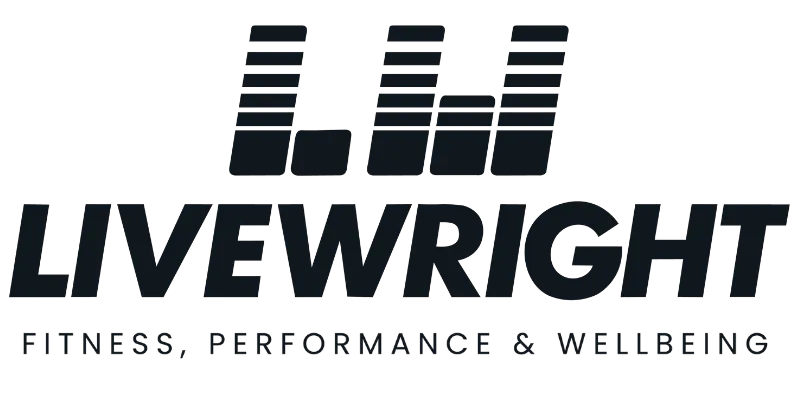
Blog

5 Ways to Monitor Your Progress And Avoid Overtraining

5 Essential Tips For Effectively Monitoring Your Training Loads
1. Implement Periodisation
Utilise periodisation to structure your training. Vary the intensity, volume, and type of exercises over designated periods. This approach helps prevent plateaus and overtraining, aligning with recommendations from both associations and supported by meta-analyses to enhance performance.
2. Utilize Rating of Perceived Exertion (RPE)
Incorporate the RPE scale to gauge training intensity. This subjective measure, endorsed by both associations and supported by research, allows you to self-assess your effort during workouts, aiding in adjusting training loads based on how you feel.
3. Employ Monitoring Technology
Leverage technology, such as wearable fitness trackers or apps, to quantitatively monitor training parameters. Utilising technology aligns with the associations' guidelines. It is supported by meta-analyses to track metrics like heart rate variability, daily step count, or session RPE, enabling a more comprehensive view of training loads.
4. Keep Detailed Training Logs
Maintain comprehensive training logs to track workouts, loads, sets, repetitions, and subjective feedback. This meticulous record-keeping, in line with guidelines from both associations and supported by research, allows for practical evaluation and adjustment of training loads over time.
5. Listen to Your Body
Pay attention to signs of fatigue, soreness, and changes in performance. Both associations stress the importance of subjective feedback, which is corroborated by meta-analyses, emphasising the significance of recognising and responding to individual physiological responses to training.
These five tips provide a comprehensive strategy for effectively monitoring training loads. Employing subjective and objective measures, structured periodisation, training logs, and technology ensures a more nuanced and informed approach to optimising performance and mitigating the risks associated with overtraining or suboptimal training loads.

5 Ways to Monitor Your Progress And Avoid Overtraining

5 Essential Tips For Effectively Monitoring Your Training Loads
1. Implement Periodisation
Utilise periodisation to structure your training. Vary the intensity, volume, and type of exercises over designated periods. This approach helps prevent plateaus and overtraining, aligning with recommendations from both associations and supported by meta-analyses to enhance performance.
2. Utilize Rating of Perceived Exertion (RPE)
Incorporate the RPE scale to gauge training intensity. This subjective measure, endorsed by both associations and supported by research, allows you to self-assess your effort during workouts, aiding in adjusting training loads based on how you feel.
3. Employ Monitoring Technology
Leverage technology, such as wearable fitness trackers or apps, to quantitatively monitor training parameters. Utilising technology aligns with the associations' guidelines. It is supported by meta-analyses to track metrics like heart rate variability, daily step count, or session RPE, enabling a more comprehensive view of training loads.
4. Keep Detailed Training Logs
Maintain comprehensive training logs to track workouts, loads, sets, repetitions, and subjective feedback. This meticulous record-keeping, in line with guidelines from both associations and supported by research, allows for practical evaluation and adjustment of training loads over time.
5. Listen to Your Body
Pay attention to signs of fatigue, soreness, and changes in performance. Both associations stress the importance of subjective feedback, which is corroborated by meta-analyses, emphasising the significance of recognising and responding to individual physiological responses to training.
These five tips provide a comprehensive strategy for effectively monitoring training loads. Employing subjective and objective measures, structured periodisation, training logs, and technology ensures a more nuanced and informed approach to optimising performance and mitigating the risks associated with overtraining or suboptimal training loads.

Get Livewright news and events sent right to your mailbox — sign up for our newsletter today!
